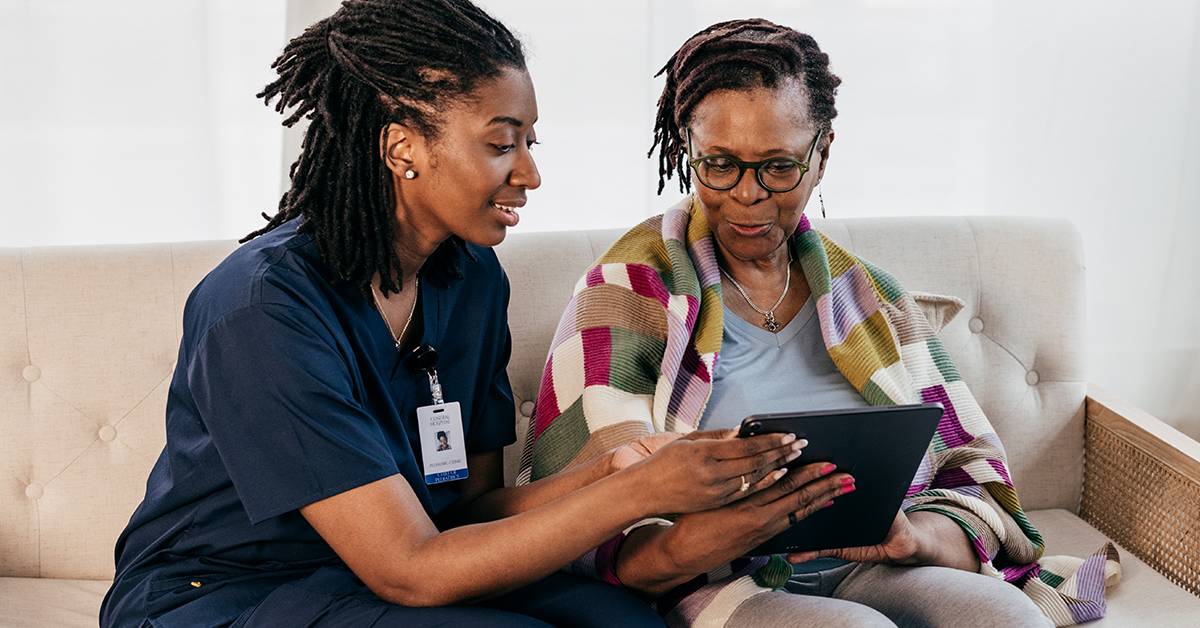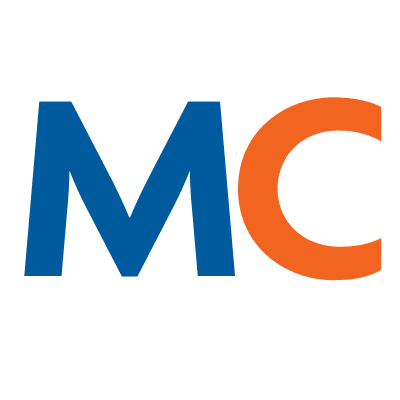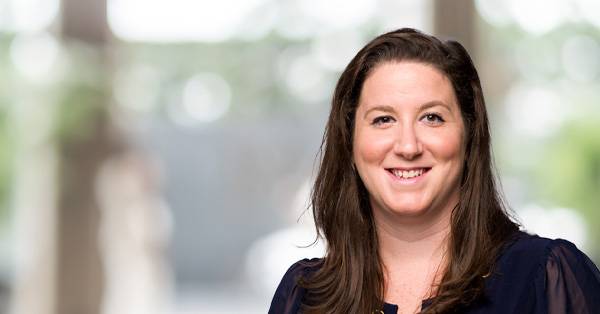- Solutions
- Solutions
- Home Health
- Hospice
- Life Plan Community
- Palliative Care
- Private Duty
- Senior Living
- Skilled Nursing
- Skilled Nursing
- Skilled Nursing Software
- Advanced Insights
- Customer relationship management
- Data and analytics
- Financial & operations management
- Marketing
- Nutrition management
- Referral management
- Regulatory compliance
- Retail management
- Resident engagement
- Revenue cycle management
- Skilled nursing interoperability
- Partners
- Blogs
- Resources
- About
- User Conference

Voice transcription is evolving — here’s how
As electronic health records (EHR) continue to evolve in home health and hospice, health records are becoming less episodic and more of a continuum across the lifetime of care. This approach of a full longitudinal record requires digital tools and innovation to not only streamline the care process, but also to keep everything connected along the way.
Voice transcription is one of these tools, which allows recorded conversations with patients to get stored in the EHR. Today, voice transcription is largely limited to capturing blocks of text or discrete values tied to specific input fields — but the future holds so much more.
In this blog, we explore the evolution of voice transcription and what to expect in the coming years.
What can voice transcription do?
More recently, we’ve seen services that can take a voice capture of an encounter and create a visit note, but this is done after the fact and typically relies on trained transcriptionists who take voice transcribed text and look to “fix” areas of ambiguity and identify information that is missing or in error.
The quality check is very manual and requires trained individuals often assigned to specific nurses and doctors who are familiar with their speaking style. This form of capture often requires multiple iterations to get it right.
What will voice transcription do in the future?
There is a clear opportunity to use machine learning to take a voice transcription, decode it, and identify gaps in the information that was recorded — prompting the caregiver to go back and collect more information.
Another element around machine learning is a health concierge or a health assistant. Whether it’s being used by the back office or clinical teams, this kind of intelligent tool can create more efficiency in any role.
Today, when a nurse is getting prepared to go in for an initial patient visit, they may spend up to 90 minutes pulling together information from a variety of sources, identifying the gaps, making phone calls and trying to collect that information.
Machine learning will be able to go through PDFs, documents and charts to build a pre-visit summary — taking the clinician’s prep time from 90 minutes to just 15.
What is MatrixCare’s Co-pilot assistant?
In the future, MatrixCare’s Co-pilot assistant will understand the visit context, have additional information about the patient, and allow a much greater level of accuracy in transcribing the patient encounter.
We envision a day where the caregiver will be able to have a natural conversation with the patient and their Co-pilot will be able to document the encounter as both discrete data entry elements as well as blocks of text that can later be searched and reported on.
Additionally, the Co-pilot will be able to identify missing information and prompt the caregiver to capture additional required information — all in real time ensuring a complete note is captured at the point of care.
In this environment, there will be far less point and click and more of a typical dialog where the caregiver is focused on the patient and less about interacting with a tablet. When the encounter is over, the interaction is fully documented and ready for claims submission.
This drive toward efficiency leads to better outcomes and the ability to see more patients throughout the day.
Request a demo today for a closer look at MatrixCare.
See what MatrixCare can do for you
Tim Smokoff
Tim is the General Manager, Home Health and Hospice, at MatrixCare. He is a seasoned healthcare leader, keenly focused on advancing data-driven technology solutions, driving operational excellence, and fostering strategic innovation. Building on more than 25 years of extensive success leading software operations, Tim guides the overall strategic direction and operational execution of MatrixCare's Home Health and Hospice business vertical.
Related Posts


See MatrixCare in action
Start by having a call with one of our experts to see our platform in action.
MatrixCare offers industry-leading software solutions. Thousands of facility-based and home-based care organizations trust us to help them improve efficiency and provide exceptional care.
© 2025 MatrixCare is a registered trademark of MatrixCare. All rights reserved.






